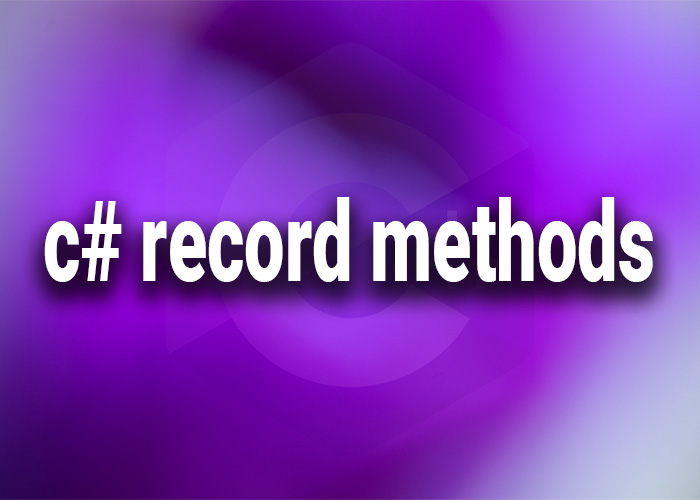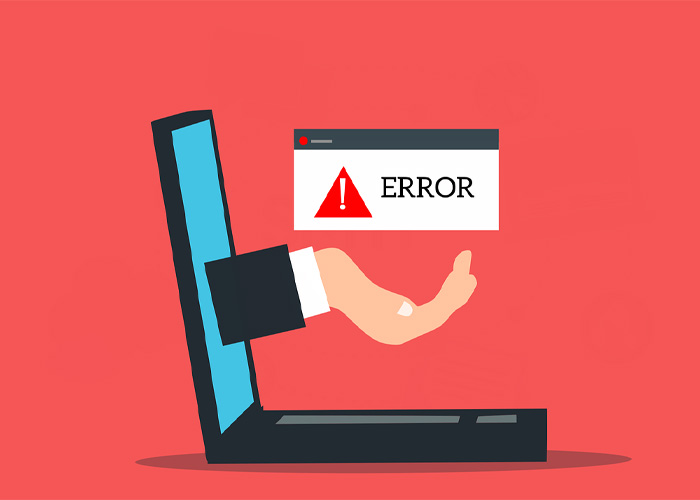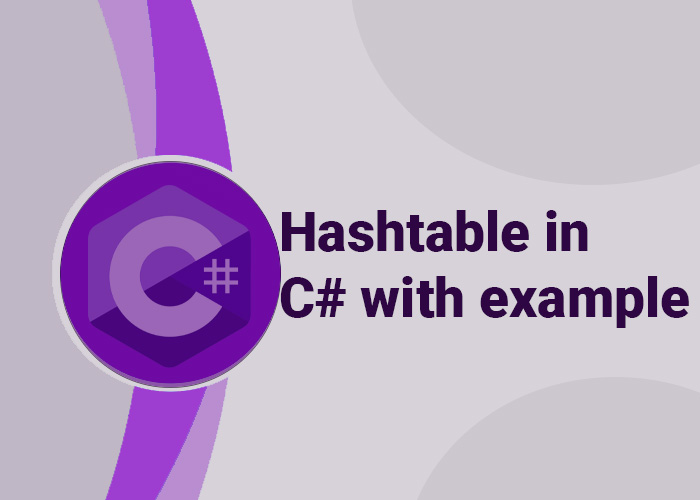Incorporating Methods into C# Records
Records in C# are a type of reference type optimized for storing immutable data. While they are primarily designed for data encapsulation with value-based equality, records are fully capable of including methods, similar to traditional classes. This allows developers to add behaviors relevant to the data they encapsulate, making records not only containers of data but also promoters of functionality. This article explains how to define and use methods in C# records, demonstrating their utility and flexibility.
Understanding Methods in Records
While the primary draw of records is their immutability and value-based equality, incorporating methods into records can enhance their functionality. Methods within records can operate on the internal state of the record, allowing for calculations, transformations, or other operations based on the record's data.
Defining Methods in Records
Methods in records are defined in much the same way as in classes. You can include both instance methods and static methods within a record.
Example of a Record with Methods
Let's define a record for a Book with methods to handle related behaviors:
public record Book(string Title, string Author, int Pages)
{
// Instance method to check if the book is a novel based on a typical page number threshold
public bool IsNovel()
{
return Pages > 150;
}
// Static method to compare two books by their page count
public static int CompareByPages(Book book1, Book book2)
{
return book1.Pages.CompareTo(book2.Pages);
}
}
In this example, the Book record includes an instance method IsNovel that provides functionality directly related to the Book instance. There's also a static method CompareByPages which operates at the class level to compare two instances of Book.
Using Methods in Records
Once you define methods in your records, using them is straightforward:
var book1 = new Book("1984", "George Orwell", 328);
var book2 = new Book("Animal Farm", "George Orwell", 112);
// Using an instance method
Console.WriteLine($"Is '{book1.Title}' a novel? {book1.IsNovel()}"); // Output: Is '1984' a novel? True
// Using a static method
Console.WriteLine($"The longer book is: {(Book.CompareByPages(book1, book2) > 0 ? book1.Title : book2.Title)}"); // Output: The longer book is: 1984
Best Practices for Methods in Records
- Relevance to Data: Ensure that methods within a record are relevant to the data it encapsulates. This maintains a logical cohesion within the record.
- Immutability: Although records are designed to be immutable, methods can still modify internal state if not carefully designed. Always strive to keep record methods pure (not changing state) unless there's a compelling reason to include mutable behavior.
- Use Static Methods Judiciously: Static methods should be used to operate on the class level or for operations that involve multiple instances of the record but do not alter their state.
Conclusion
Integrating methods into C# records can greatly enhance their functionality, turning them from mere data containers into more complete abstractions that encapsulate both data and behavior. By carefully designing these methods to align with the principles of immutability and relevance to the encapsulated data, developers can leverage records to build robust, maintainable, and cohesive code.





